The construction techniques behind the ancient Egyptian pyramids have long puzzled researchers. However, a team of scientists from the University of Amsterdam may have finally unraveled the secret.
By studying a wall painting in an ancient tomb, they discovered the significance of water in reducing friction and making the movement of heavy objects over sand easier.
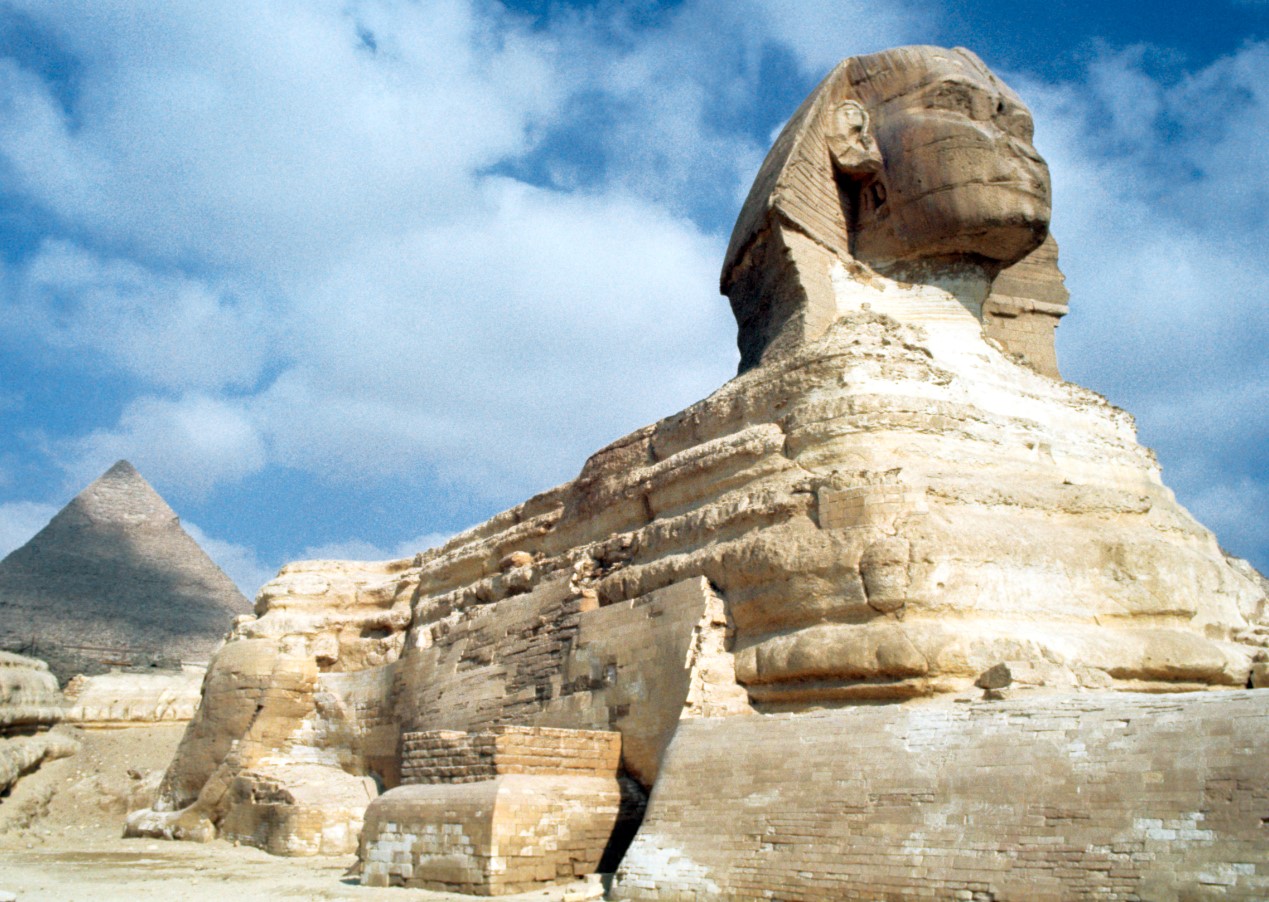
Scientists discovered a painting that describes 172 men moving a statue with ropes attached to a sledge and water can be seen being poured over the sand.
In the study led by Dr. Daniel Bonn, the scientists focused their research on a wall painting found in the tomb of Djehutihotep, an ancient Egyptian official.
The wall painting, dating back to around 1900 B.C., described 172 men moving a statue with ropes attached to a sledge.
What caught the physicists' attention was the presence of water being poured over the sand in front of the sledge.
To solve this mysterious detail, the team decided to conduct experiments to determine the significance of water in the construction process.
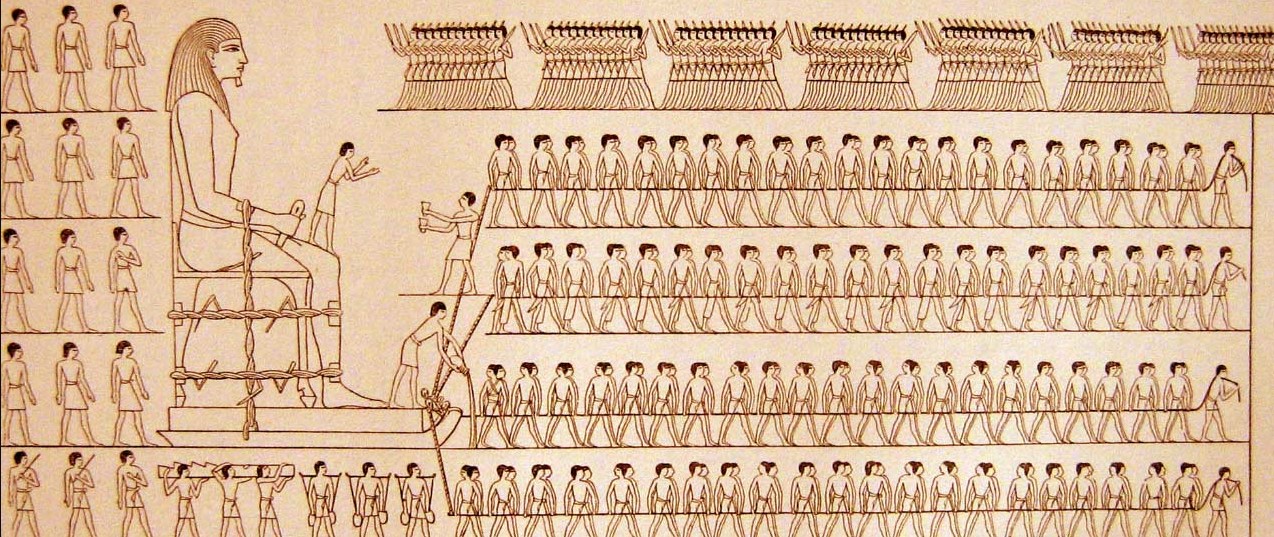
Scientists reveal how Ancient Egyptians built the Great Pyramid of Giza
Their experiments revealed a crucial finding: the addition of just the right amount of water to the sand significantly reduced sliding friction.
Dry sand tends to develop clumps, making it more difficult to move objects. However, by adding water, the sand became smoother, preventing clumps from forming and making it easier to transport heavy loads.
The physicists discovered that wet desert sand, with the appropriate quantity of water, was nearly twice as stiff as dry sand.
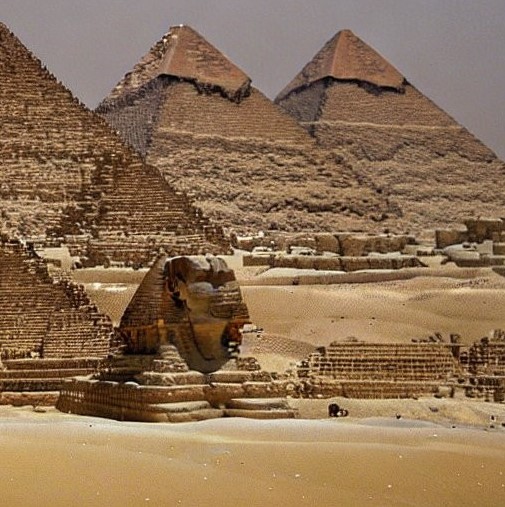
The researchers were surprised to find that the pulling force required to move objects over wet sand was reduced by as much as 50 percent compared to dry sand.
This increased stiffness allowed the sledge to glide more easily over the sand, as it did not pile up in front of it as it would with dry sand.
“I was surprised to see that traction could be reduced by up to 50%. This means the Egyptians needed only half as many men to pull on wet sand as on dry sand,” Dr. Bonn explains.
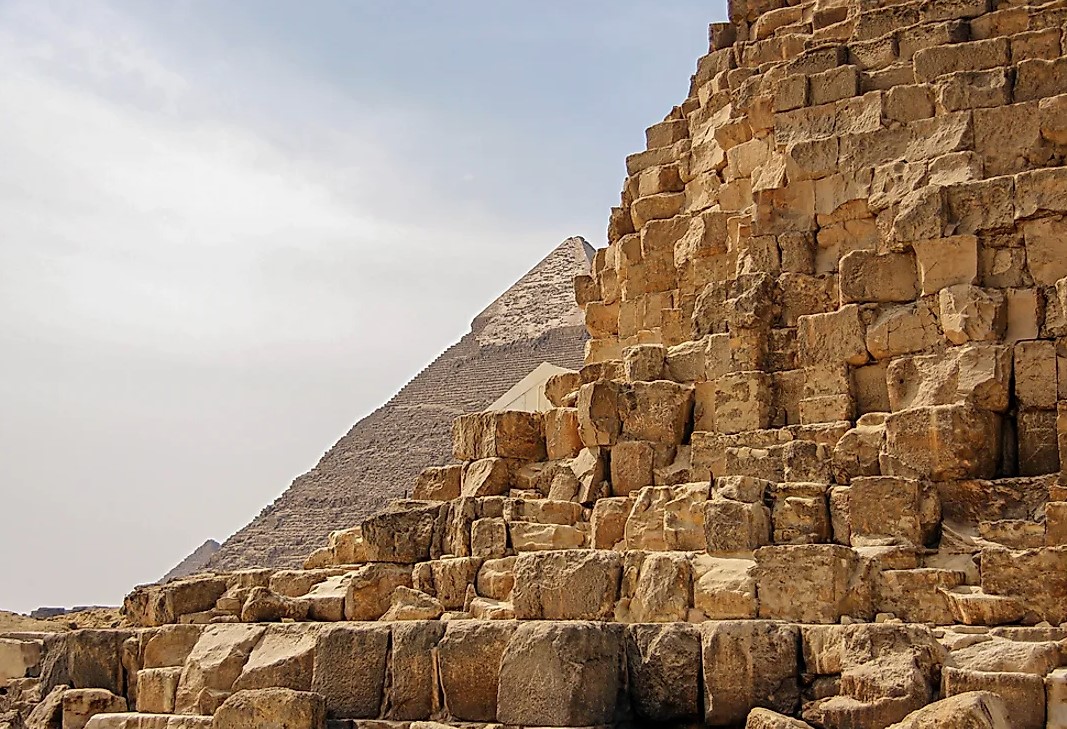
This breakthrough clarifies the method used by the ancient Egyptians to construct the pyramids.
It reveals that they utilized the properties of wet sand to their advantage, employing this knowledge to transport massive stone blocks and materials.
This finding also removes previous speculations, including the popular notion that the pyramids were built with the help of extraterrestrial assistance.
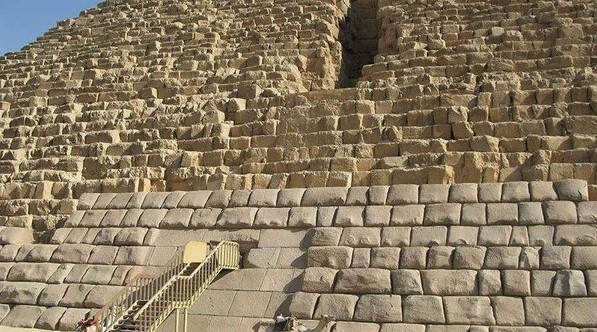
However, some people believe that pouring water on the sand depicted in the painting is simply a pure ritual rather than hypothetically an important part of the Pyramid's construction process.






